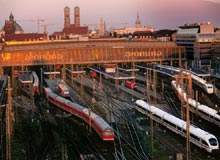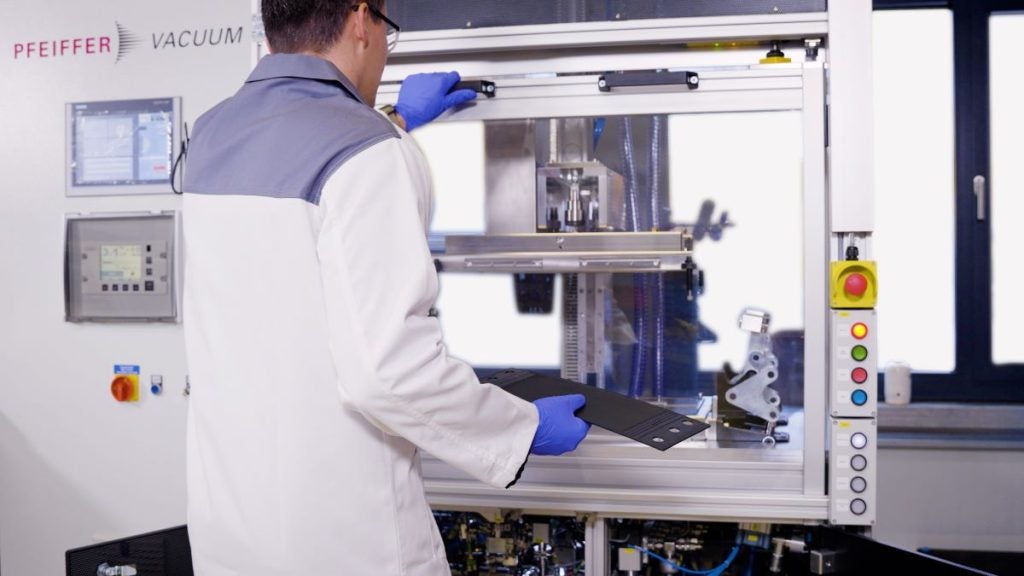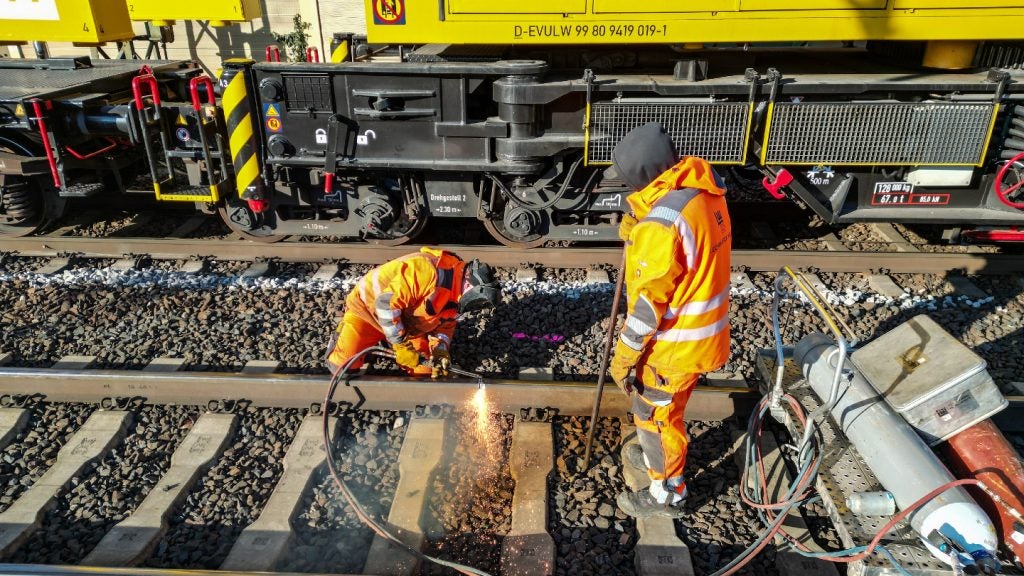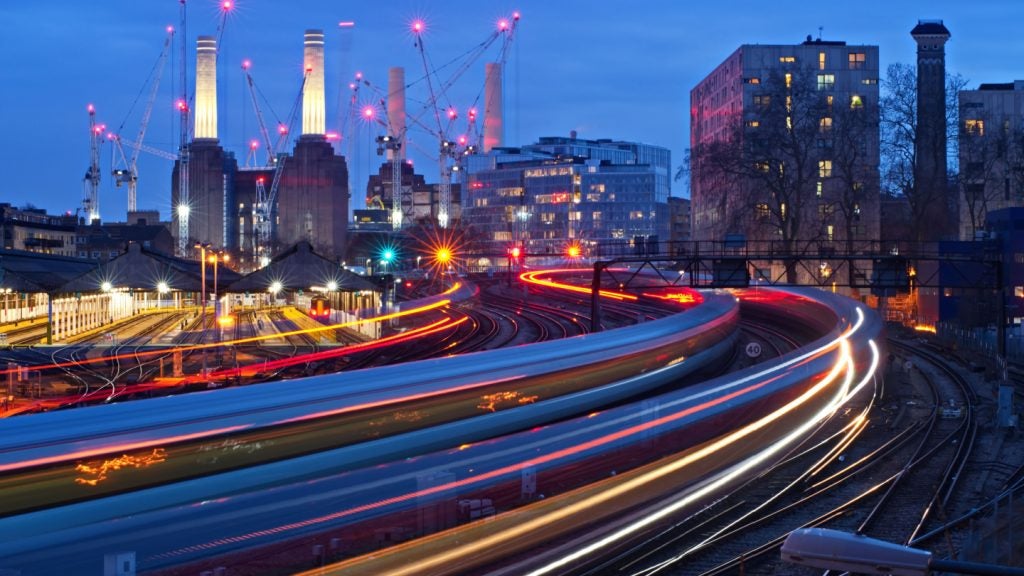
To go by rail or to walk? That was the question faced by two travellers recently visiting Berlin who wanted to take in as much of the city’s famous sites as they did one of the elements Berlin is most famous for – its modern and very functional rail system. In most cases, due to the ease of travel on its extensive networks of S-Bahn (elevated train line) networks, long-distance lines and trams, rail seemed to offer the perfect solution, with a web of options traversing you through the city and beyond.
In recent years, however, Berlin has been attracting attention to its rail sector for reasons beyond being a good ride for tourists. Since the fall of the Berlin Wall, Germany has been increasing its reach with public transport while innovating in areas ranging from environmental practice to logistics, freight and infrastructure, to a degree that demands the attention of the industry worldwide.
With the current hot topic of the privatisation of Germany’s state-controlled rail company Deutsche Bahn (DB) signalling what could be a new stage for rail for the nation, there is little doubt that in 2008 Berlin is the place to watch.
From September 23–26, as rail industry experts from around the world meet for Berlin’s InnoTrans 2008 rail exhibition, Berlin will not only put on a display but will feature as part of the show itself.
Berlin’s biggest offers – DB and beyond
See Also:
If you take Berlin beyond the inner-city limits it caters for 4.3 million people. Due to tourism and strong migration, that figure is growing. Berlin’s Central Station (Berlin Hauptbahnhof) connects neighbouring cities and beyond. The rail companies that reside there are equally impressive. Siemens has its head office in Berlin and DB is known as one of the 20 largest employers in the city, along with the local public transport company BVG.
How well do you really know your competitors?
Access the most comprehensive Company Profiles on the market, powered by GlobalData. Save hours of research. Gain competitive edge.

Thank you!
Your download email will arrive shortly
Not ready to buy yet? Download a free sample
We are confident about the unique quality of our Company Profiles. However, we want you to make the most beneficial decision for your business, so we offer a free sample that you can download by submitting the below form
By GlobalDataOverall, the rail industry in Berlin is strong. Just recently DB announced that in the first six months of 2008 more people than ever used rail to commute. Freight rates were also up to record highs, signalling that all systems are moving ahead for rail in Berlin.
But increasing innovation is what has really attracted attention to Berlin and Germany’s rail in general. Just recently, DB and energy company MTU Friedrichshafen announced that they had created the world’s “cleanest” diesel locomotive, for the Class 294. DB integrated systems rail representative Lutz Bücken says the locomotive’s emissions are below those required by the future IIB standard, to be in place in 2012. “We are one of the most environmentally friendly carriers and we intend to keep it that way,” he says.
Despite being one of the EU’s highest carbon emitters, Germany has earned a reputation for having a strong environmental consciousness. But throughout time the country has also been known for its modern practicality in design and process.
As the state’s rail provider, it is little surprise that DB has been behind a lot of projects showcasing ingenuity. In July 2008, DB arm Schenker Rail followed up the success of a project with steel maker ArcelorMittal in Eisenhüttenstadt with an order for 100 carriages to serve demand-oriented trains. These so-called Flextrains connect the operations of the steelmaker’s base and two other plants. The project now allows for the continuous movement of product from the hot rolling mill as well as schedule delivery to other plants receiving and providing materials – another forward-thinking innovation.
Entering a new world
If proof were needed that the railway world has its eye on Berlin, then some of Deutsche Bahn’s newest contracts in the Middle East, where rail is just kicking off, say it all. In July 2008 DB signed an agreement with the Qatari government to set up a modern integrated railway system there. DB will work on the conceptual design and provide consultancy for plans for both freight and passenger lines.
It is also working in Dubai, where DB Schenkeer is setting up a new presence with more than 100 employees to offer logistic services. In return, DB is receiving its own level of interest from the Middle East.
DB is powering through the global financial crisis and vowing to still put its passenger and freight unit up for sale in an IPO that has the industry holding its breath. It wants to sell 24.9% of DB Mobility Logistics AG for an estimated €5bn, which could be made up mostly from private investment from the Middle East, China and Japan. The parent company will retain control of track and station operations following the sale. The size of the sale could well be big enough for the international eye.
So when InnoTrans rolls into town, expect a lot from DB, the Berlin host rail provider.
InnoTrans and innovations
It is expected that 1,900 exhibitors will join DB in showing off wares when InnoTrans opens on 23 September 2008. Half of these are from Germany itself. The summit that is organised will be of a highly international flavour, with the EU Transport Commissioner meeting with top managers from leading rail integrators to talk on the theme of “innovative rail technologies and climate change”, among other topics.
DB has promised to show off its new tunnelling technique – or a tunnel inside a tunnel as it has previously been dubbed. Essentially, DB has devised a way of renovating old rail tunnels for double track lines into new, which allows service to old lines to continue while new tracks are constructed. This system is already in use along the hilly Nahe Valley line in Germany.
Other leading players will provide a glimpse into the future, from GE’s fuel-saving PowerHaul engine and Trip Optimizer simulator, to the Talent 2 regional train and Flexity Berlin tram by Bombardier which will debut at this year’s event.
Keep an eye out on railway-technology.com for these announcements and more, as we cover the InnoTrans event and look out for us on the exhibition floor. We will be watching Berlin as eagerly as you and predicting what could become of the future of rail.







